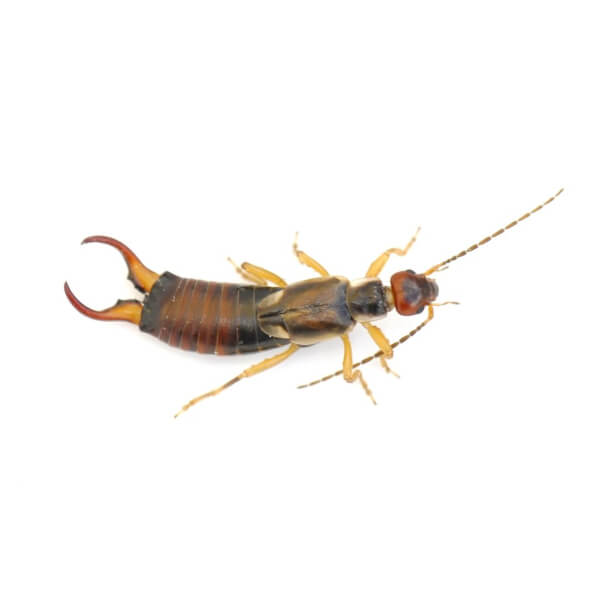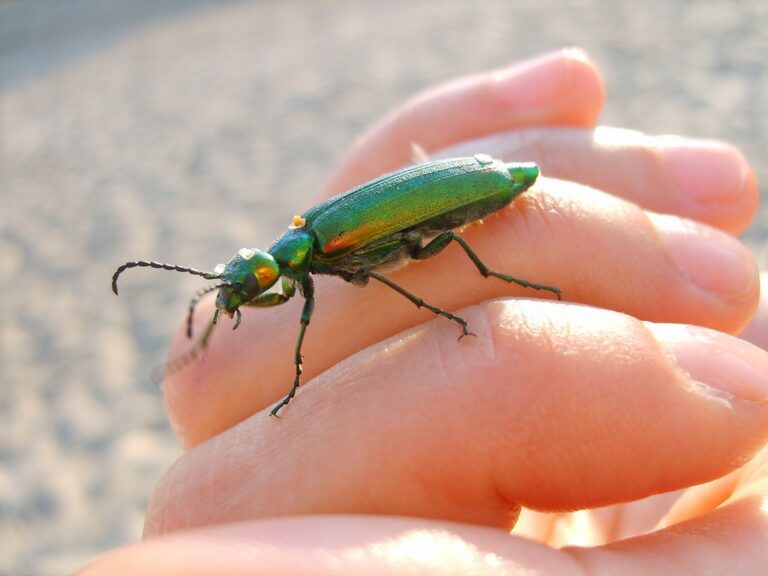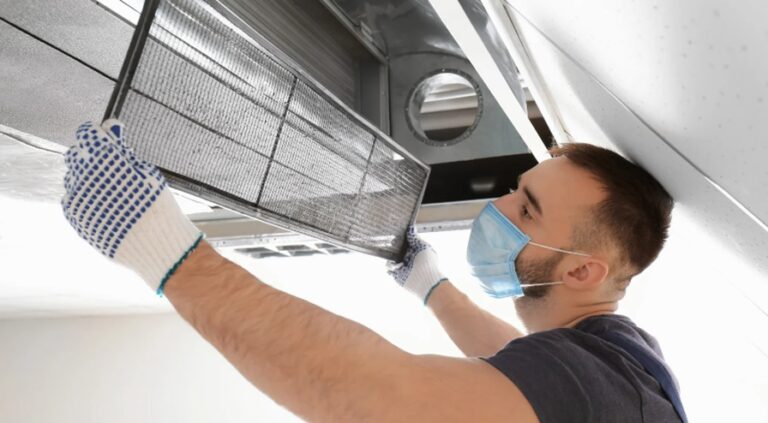
You’ve noticed signs of wood damage in your home—maybe some soft spots in the floorboards or mysterious sawdust near the baseboards. One thing’s clear: something is chewing through your home. But what is it?
Two of the most common culprits are termites and carpenter ants. And while they both target wood, they’re very different in behavior, biology, and the kind of destruction they cause. Knowing which one you’re dealing with is crucial for choosing the right treatment and stopping the damage.
Let’s break down the key differences between these two wood-destroying insects—and how to tell what’s eating your house.
1. Damage Patterns: What Are They Doing to Your Wood?
The biggest difference is why they’re in your wood in the first place.
🐜 Termites
- Eat the wood as their main food source.
- Leave behind mud tubes and create hollowed-out wood that sounds hollow when tapped.
- Damage is often hidden behind walls or beneath floors, making it hard to detect early.
- The inside of termite-damaged wood looks jagged, chewed, and packed with mud.
🐜 Carpenter Ants
- Don’t eat the wood—they tunnel through it to build nests.
- Prefer moist or decayed wood, especially around leaks or damp basements.
- The damage looks clean and smooth inside, like it was sanded.
- You’ll often find small piles of sawdust-like material (called frass) outside their nest holes.
Bottom line:
If the wood looks hollowed and packed with dirt or mud—it’s probably termites.
If it looks smooth and clean inside—it’s likely carpenter ants.
2. Physical Appearance: Spot the Difference
Both insects have swarmers (winged versions that reproduce), but they’re easy to tell apart if you know what to look for.
🔎 Termite Swarmers
- Straight antennae
- Thick, uniform waist
- Two pairs of equal-length wings
- Fragile, light-colored body
🔎 Carpenter Ant Swarmers
- Elbowed antennae
- Narrow, pinched waist (like a wasp)
- Uneven wings (front pair longer than back)
- Black or reddish body, larger than termites
Seeing swarmers in or around your home is a strong sign of an established colony. Snap a picture or collect a specimen and contact a pest professional for identification.
3. Nesting Habits: Where Are They Hiding?
🏡 Termites
- Prefer to stay hidden and rarely venture out.
- Build nests underground or inside walls.
- Use mud tubes to travel safely and stay moist.
- Require high humidity to survive.
🏡 Carpenter Ants
- Nest in wood structures, especially areas with water damage (window sills, behind dishwashers, under sinks).
- Often build satellite colonies, meaning you could see them foraging far from their main nest.
- You might spot them crawling openly, especially at night.
4. Warning Signs in Your Home
Here’s what to look for to help identify which pest is responsible:
| Sign | Termites | Carpenter Ants |
| Piles of wings (shed by swarmers) | Yes | Yes |
| Mud tubes on walls or foundation | Yes | No |
| Fine sawdust near wood structures | No | Yes (called frass) |
| Hollow-sounding wood | Yes | Sometimes |
| Chewing noises in walls (quiet) | Occasionally | More common |
| Active insects seen around house | Rarely | Frequently (especially at night) |
5. How Urgent Is the Damage?
⚠️ Termites
Termites work around the clock and can cause significant structural damage within months if left untreated. Because they’re hard to detect, infestations often go unnoticed until the damage is extensive.
⚠️ Carpenter Ants
While they don’t eat wood, their tunneling can weaken structural components—especially if they’ve colonized damp wood in important load-bearing areas. The presence of a satellite colony indoors usually means there’s a parent colony nearby outside.
Either way: early intervention is key.
6. Professional Treatment Options
Because both pests are difficult to eliminate with DIY methods, professional pest control is strongly recommended. Here’s how treatment typically differs:
- Termite Control: Involves soil treatments, bait stations, or even fumigation depending on severity. Long-term monitoring is often necessary.
- Carpenter Ant Control: Focuses on locating and eliminating the nest(s), sealing entry points, and correcting moisture issues that attract them.
In both cases, a licensed technician will do a full inspection, identify the species, and develop a treatment plan tailored to your home.
Final Thoughts: Know the Enemy, Protect Your Home
Termites and carpenter ants may seem similar, but they’re very different threats. Both can quietly undermine your home’s structural integrity—and cost you thousands in repairs if ignored.
If you’ve noticed signs of wood damage, frass, or insect activity, don’t guess. A professional inspection can help you determine what you’re dealing with and stop the damage before it spreads. We recommend pest control temecula.







